The availability of mobile app development to companies and developers other than phone manufacturers has led to the rapid growth of a variety of apps. To this day, we can’t imagine life without our favorite apps. If you open your app store, you can find different types of mobile apps for just about anything. A lot of companies that didn’t require apps before are starting to do so now.
Why?
Because the very cornerstone of the business is to be as close to your consumers as your breath is to you. So, if customers want mobile apps to stay informed about your business, you can’t just satisfy their needs with the past’s timeworn tactics. That’s why you need to remain ahead of the curve on technology.
As a result, there are several apps that serve a wide range of purposes. You may be wondering, “How many different types are there?”
Currently, there are 32 categories in Google Play and 24 in the App Store, but I feel like it’s a bit much.
Before you start making your app, there are at least six categories you should be familiar with. If you want to turn your idea for a mobile app into a working product, you need to first figure out where it would fit in the market, where there are already a plethora of mobile apps.
Keep reading, and I’ll describe the six most common categories of mobile apps so you can classify your own.
Plus, I’ll be providing tips on how to achieve your app’s goals and keep your customers around, which is important because building a loyal user base is a requirement for making money with your app.
Related: Mobile Apps Vs. App Development. Which one is better?
Popular Types of Mobile Apps
1-Lifestyle Mobile Apps
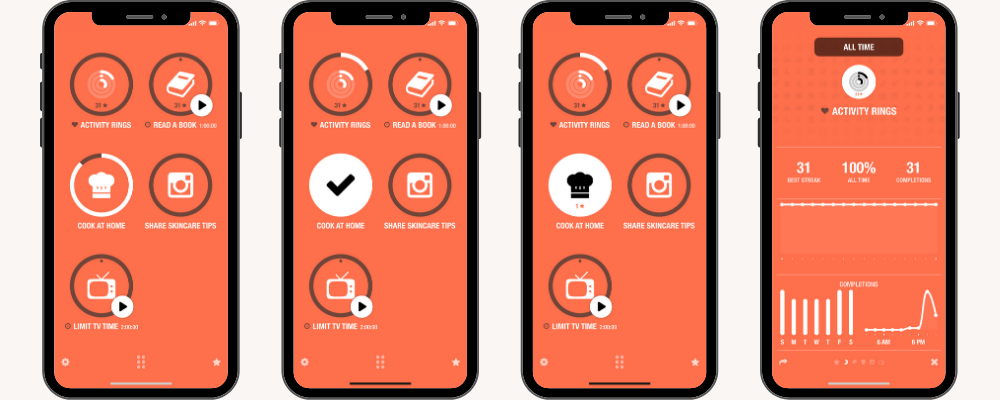
In 2022, it is expected that 4,911,1 million mobile apps will be downloaded in the lifestyle category.
Statista
In recent years, lifestyle mobile apps have become increasingly popular. If you’re looking to simplify your life in any way, whether it’s in terms of work, stress, downtime, or fun, there’s an app for it. Therefore, the most common categories for these apps are:
- Health and exercise
- Nutrition
- Nutrition
- Mindfulness
- Music
- Travel
Apps like these have been popping up regularly in app stores like Apple’s App Store and Google’s Play Store since the worldwide COVID-19 issue began, leaving users feeling lost and anxious.
Not only have many new apps been developed, but many of your favorites have undergone redesigns and tweaks. The market’s continued enthusiasm suggests that consumers are eager for these kinds of innovative solutions.
How do you add value to your lifestyle mobile app?
I’m going to stop here. You’re more knowledgeable than I am about the matter at hand.
You should give that serious thought:
- When it comes to music apps, why is Spotify so popular?
- Why is Uber so well-known?
- What makes Notion so much better than other team-building collaboration apps?
Making a lifestyle app requires you to genuinely wow the user. Do something others in your field don’t—a feature or something else in your mobile app that your target market must have.
The best lifestyle apps will not only track their users' achievements but also provide them with the motivation they need to keep going with that mobile app.
2-Social media mobile apps
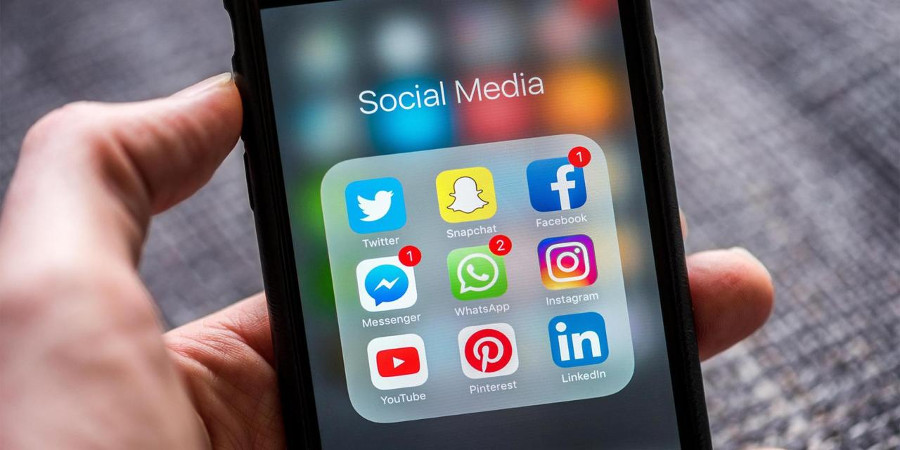
In the 2022 survey, Facebook, YouTube, and WhatsApp are the most widely used social media platforms.
Statsita
It’s no secret that social networking applications are among the most downloaded and used on smartphones. Most of us frequently check our social media profiles. Facebook alone claims to have more than a billion daily users.
Naturally, we’re interested in the convenience that a mobile app can offer. Applications for social media platforms should be easy to use, quick to load, and able to keep up with the growing capabilities of the networks they connect to. It is no surprise that every social media mobile app aspires to provide its consumers with the greatest possible experience.
Some popular social media apps are:
- Youtube
- Tik Tok
How can your business get benefits from social media apps?
More users in today’s society than ever before blog or post online about their daily activities. Because of this, it’s not unusual for developers to add social sharing features to mobile apps that aren’t strictly “social media.”
Take the popular Strava app for runners and cyclists as an example. In addition to keeping tabs on your habits, it also provides a means of comparing your data to that of your contacts (and even strangers). A running partnership or even a complete team can be formed online, minimizing the need for in-person meetings.
With many other apps, you can tell your social network about a product, a high score, or some news. They make it simple for users to express an interest in a topic they care deeply about to others without leaving the app.
If you plan to offer a service or sell a product that customers can talk about with their friends, family, and coworkers, you should think about integrating social sharing tools into your app. Users will return frequently to use this feature and compare their shared content with that of their social networks.
3-Gaming / Entertainment mobile apps
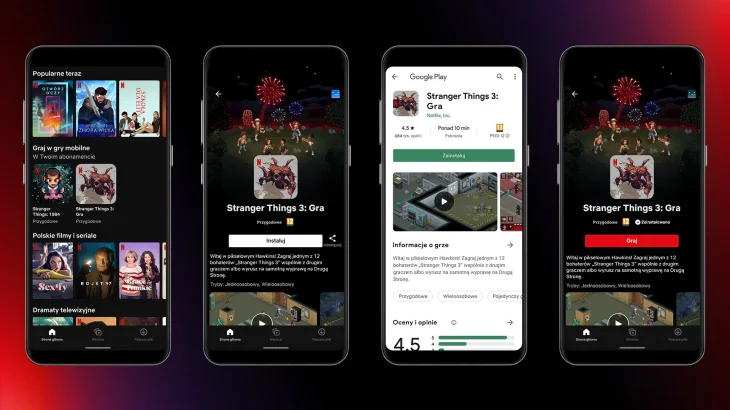
“During the first half of 2022, mobile gamers have spent $41.2 billion.”
During that time, Google Play made $15.6 billion. The games that made the most money were Honor of Kings and PUBG Mobile, both from Tencent. Each made more than $1 billion from consumer spending.
The video game and entertainment industry is massive, making it a highly contested market. Mobile app games are one of the most readily apparent types. These apps are well-liked by programmers because users frequently return to them, often several times each day.
How do you add value to your games apps
The most popular games are those that people play frequently and for an extended period of time. You can make your game more “addictive” by rewarding players who return daily or after a given number of days.
Your gaming app must have these features:
- Free to download
- Interface must deliver the virtual sports world scenario
- Optional in-game purchases for lives, power-ups, and levels.
4-Utility Mobile Apps

Most of the time, we use apps that we don’t even think of as apps. These are called utilities. Many of them are already on your device and only do one thing.
Here are a few examples of popular utility apps for mobile devices:
- Gasbuddy
- GlassWire
- Flashlight
- Reminder
- Calculator
- Weather
This category includes the mobile apps that we use most frequently, although briefly. Usually, you only take out your calculator to answer an equation (like figuring out how much to tip at a restaurant) and then put it back.
How do you add value to your utility mobile apps?
Try to get users to use your utility app more often if you want to make money off of it. Short visits aren’t as valuable, but if you get a lot of them, they can add up to a lot of money.
The amazing thing is that since 2021, more users have started loving utility apps. Retention rates of users were 67% after 30 days, 58% after 90 days, and 38% after a year. This is a rise of 100% from their 2020 yearly retention rate of 19%, which was below the average.
5-Productivity Mobile apps
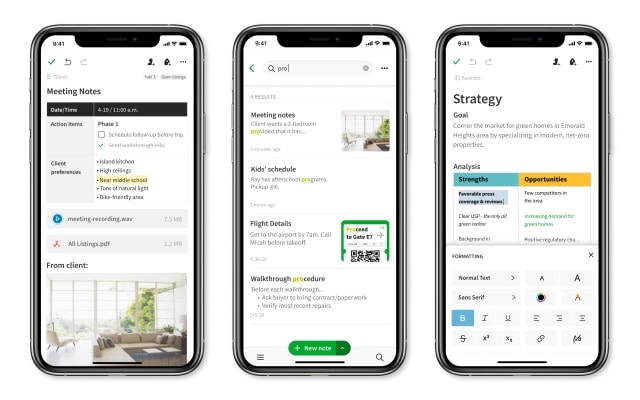
The productivity mobile app segment of the market will expand by 7.80% (2022-2026), reaching $12.52bn in 2026.
Statistia
Even though productivity apps might seem like one of the more dull types, they are actually very popular. These kinds of apps help people get things done quickly and easily, making tasks that are sometimes boring simpler and, dare I say it, even enjoyable.
Productivity apps include, well, a lot of Google’s and Apple’s products, like:
- Docs Sheets
- Wallet
- Pay Plus
- Serene
- Todoist
- Evernote
- Wunderlist
How do you add value to productivity apps?
When executed properly, apps like these are essential. That means making it easier, faster, and more effective for your users to do their jobs than your competitors. This kind of mobile app stands out because it has features that make it easy for people to go from A to B. Be creative and think of ways to do things that no one else is doing.
6-News and Information outlet mobile apps
News and information apps are very straightforward. Their user-friendly design makes it simple to find the specific pieces of news and information that are of interest to each individual.
A few examples of well-liked news applications are:
- Buzzfeed
- Google News
- Smartnews
- Yahoo News Digest
- Linkedin’s News Feed
These are the most prominent figures in the media, and they each have their own unique take on the news. The news is the news, therefore, if you’re making a news app, you’ll have to come up with a strategy to connect with your audience that no other app is doing.
There is room for you to shine in how you present it. Make it your own and tailor it to the beat you’ll be covering to give your news that extra boost your readers crave.
Get a lot of recommendations
It is essential for every app developer to know the secrets of viral app downloads. Therefore, recommendations from devoted fans are so valuable. Word-of-mouth advertising from satisfied users is a powerful tool.
Consider this. A recommendation eliminates the steps of problem recognition, market research, app selection, and deployment. Instead, your users have been advised to install this new app by a reliable source.
They will actively seek out your app via search and install it without any second thoughts.
What’s next?
At this point, you should feel confident in your knowledge of the many types of available mobile applications. You should now be able to classify your app and think of ways to make it stand out from the crowd.
Get on a path forward and make a decision.





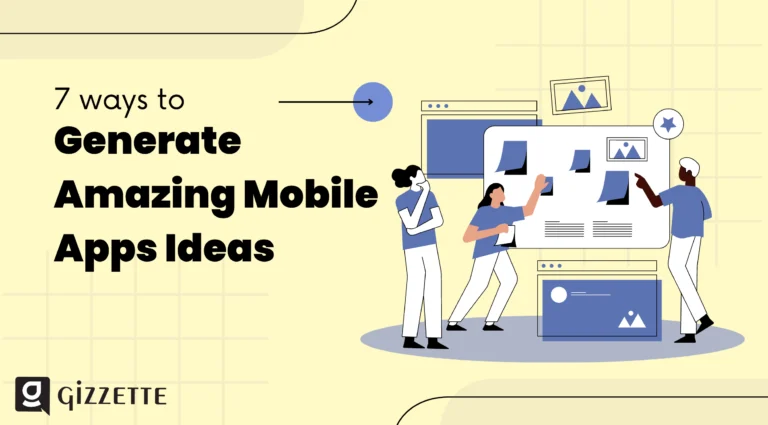


Leave a Comment